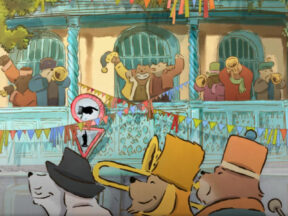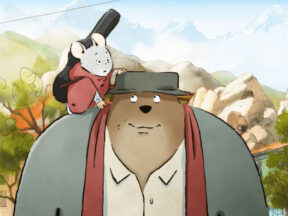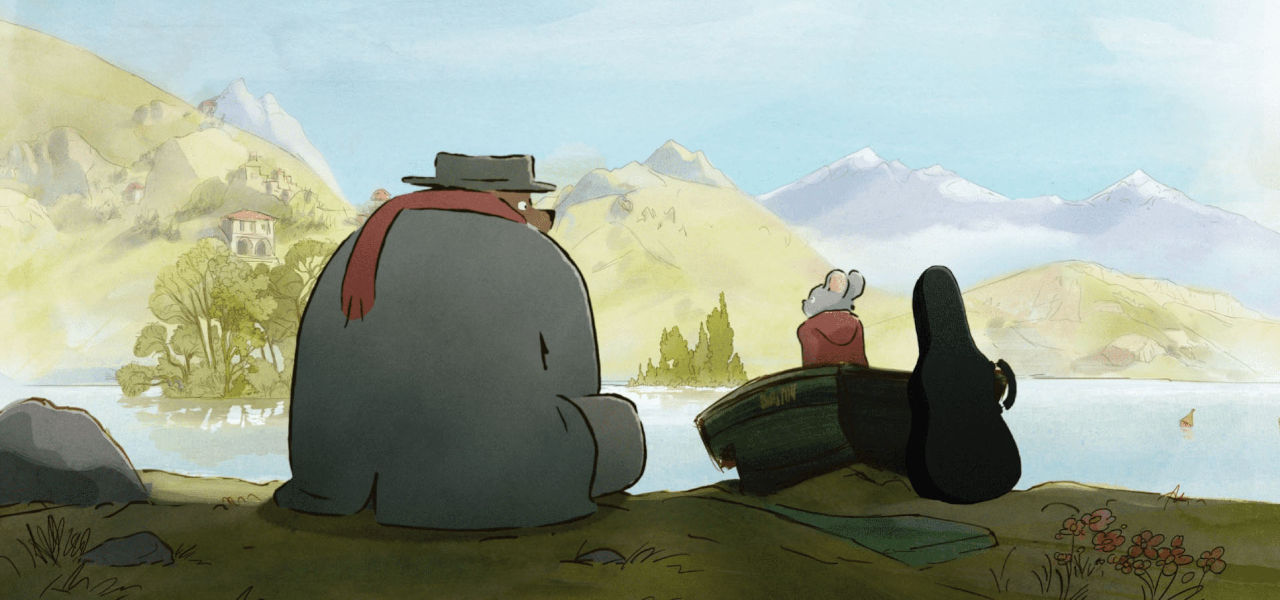
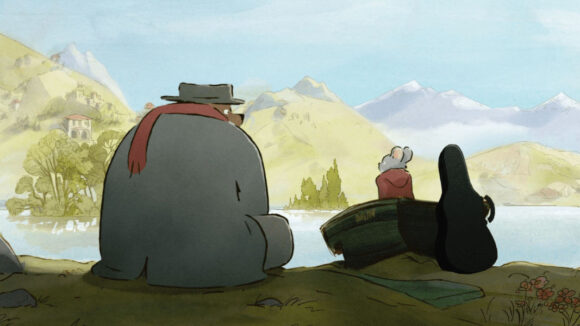
Why The ‘Ernest & Celestine’ Sequel’s Narrative Depended On Nailing The Character Designs – Exclusive Artwork
Ernest & Celestine: A Trip to Gibberitia, a feature sequel to the Oscar-nominated 2012 film Ernest & Celestine, will hit U.S. theaters this Friday, September 1.
The original hand-drawn Ernest & Celestine film was adapted from the picture book series by Gabrielle Vincent and directed by the trio of Stéphane Aubier, Vincent Patar, and Benjamin Renner. After that film’s success, a cg series was produced in 2017. In 2022, Studiocanal released the sequel in France, which was produced by Folivari and Mélusine Productions. It went on to score a French Academy César nomination.
Producers recruited two of the animated series’ directors, Jean-Christophe Roger and Julien Chheng, to helm the sequel. Chheng was also an artist on the original film, his first big animation job.
In A Trip to Gibberitia, Celestine accidentally breaks Ernest’s violin, meaning the duo must travel to Ernest’s home country of Gibberitia, where the only artist who can repair it lives. Shortly after their arrival, the audience learns that the country has a stringent class system in which sons work in the same jobs as their fathers and daughters the same as their mothers. The audience doesn’t need to be told this fact about bear society because, during the character design phase, artists were instructed that characters all needed to look and dress their parts.
We recently sat down with Chheng and Roger to discuss the move from series to feature, respecting their young audience, and the importance of character design to storytelling. They also gave us exclusive access to numerous examples of character design art that guided production of the film.

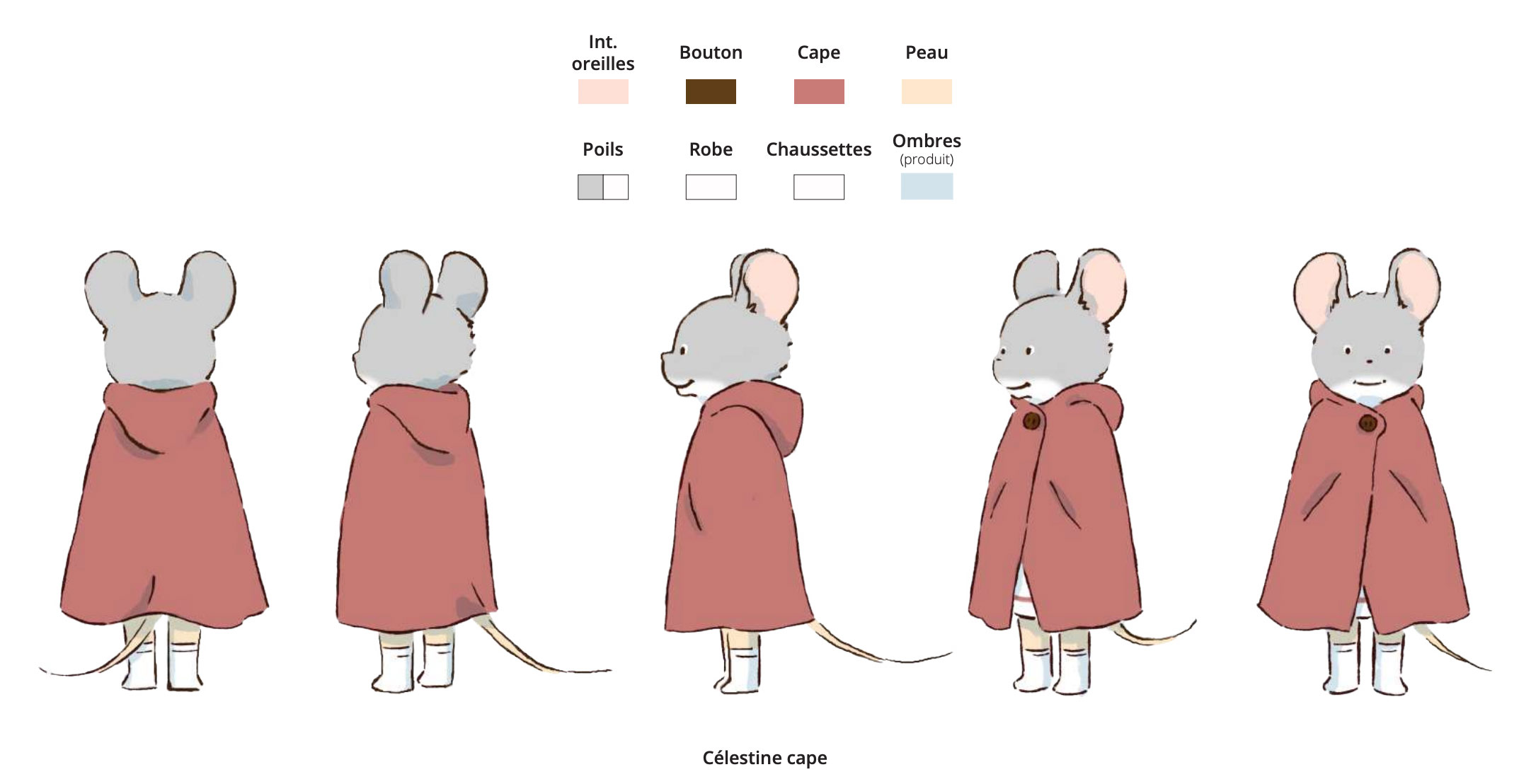
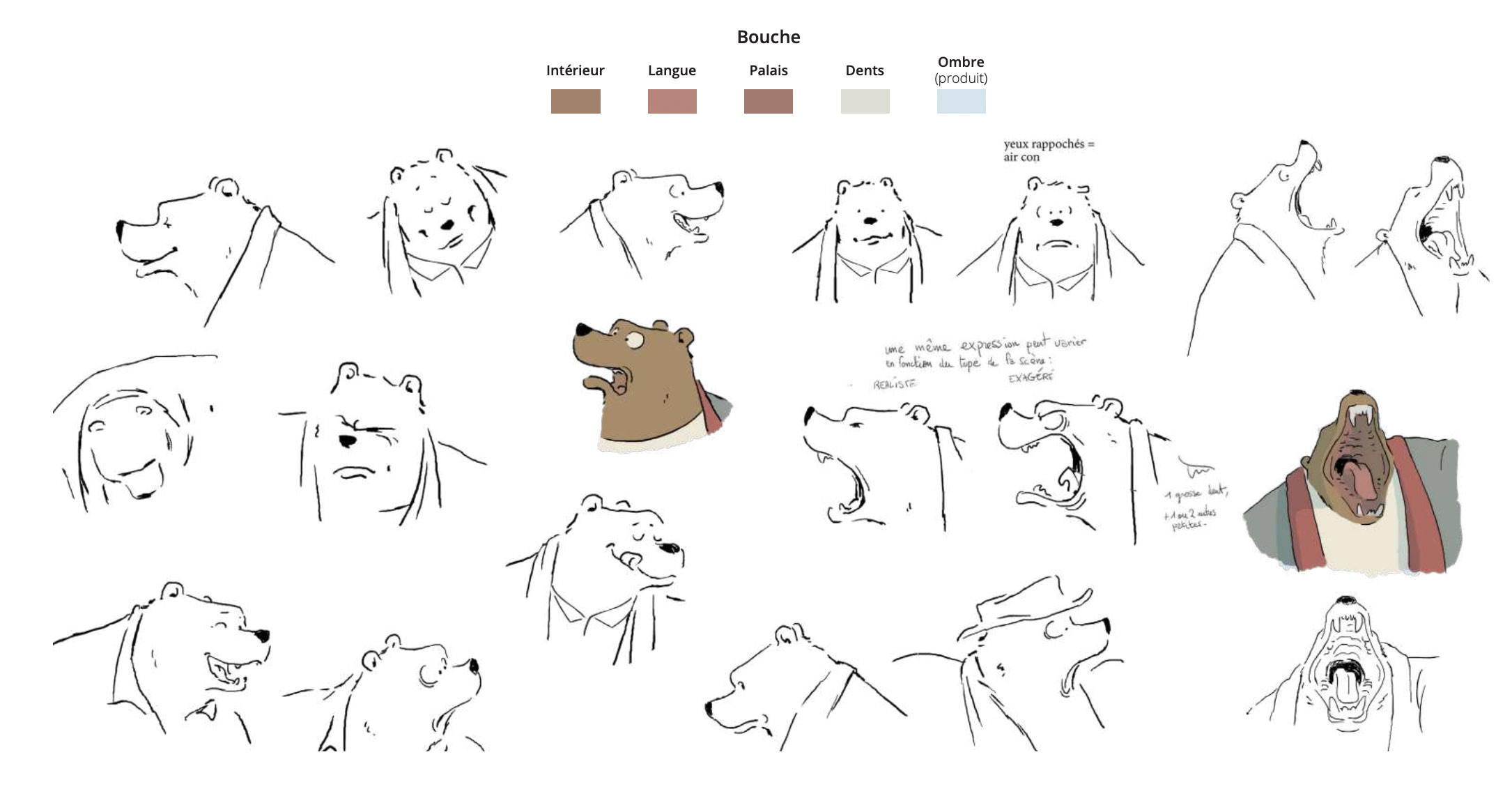
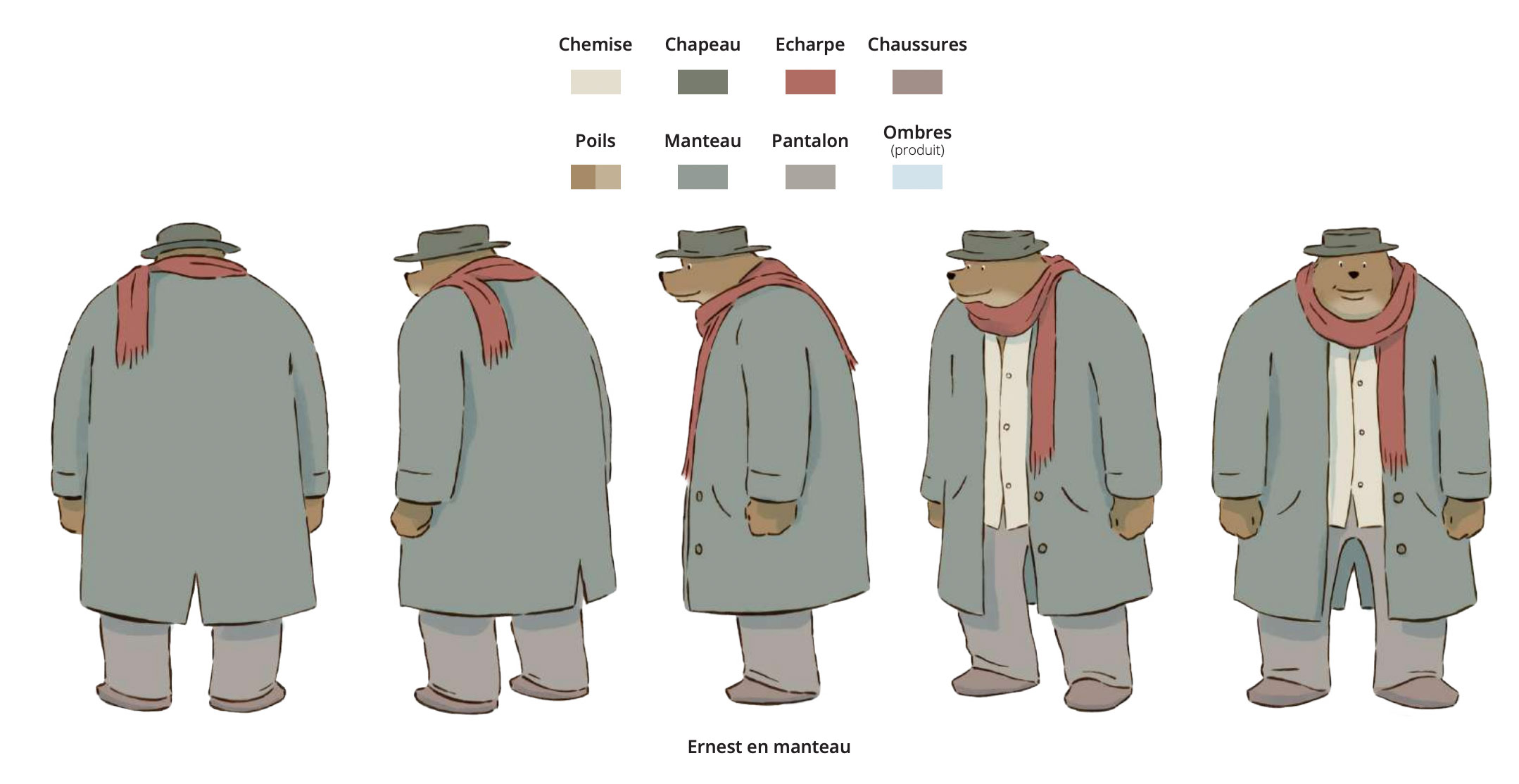
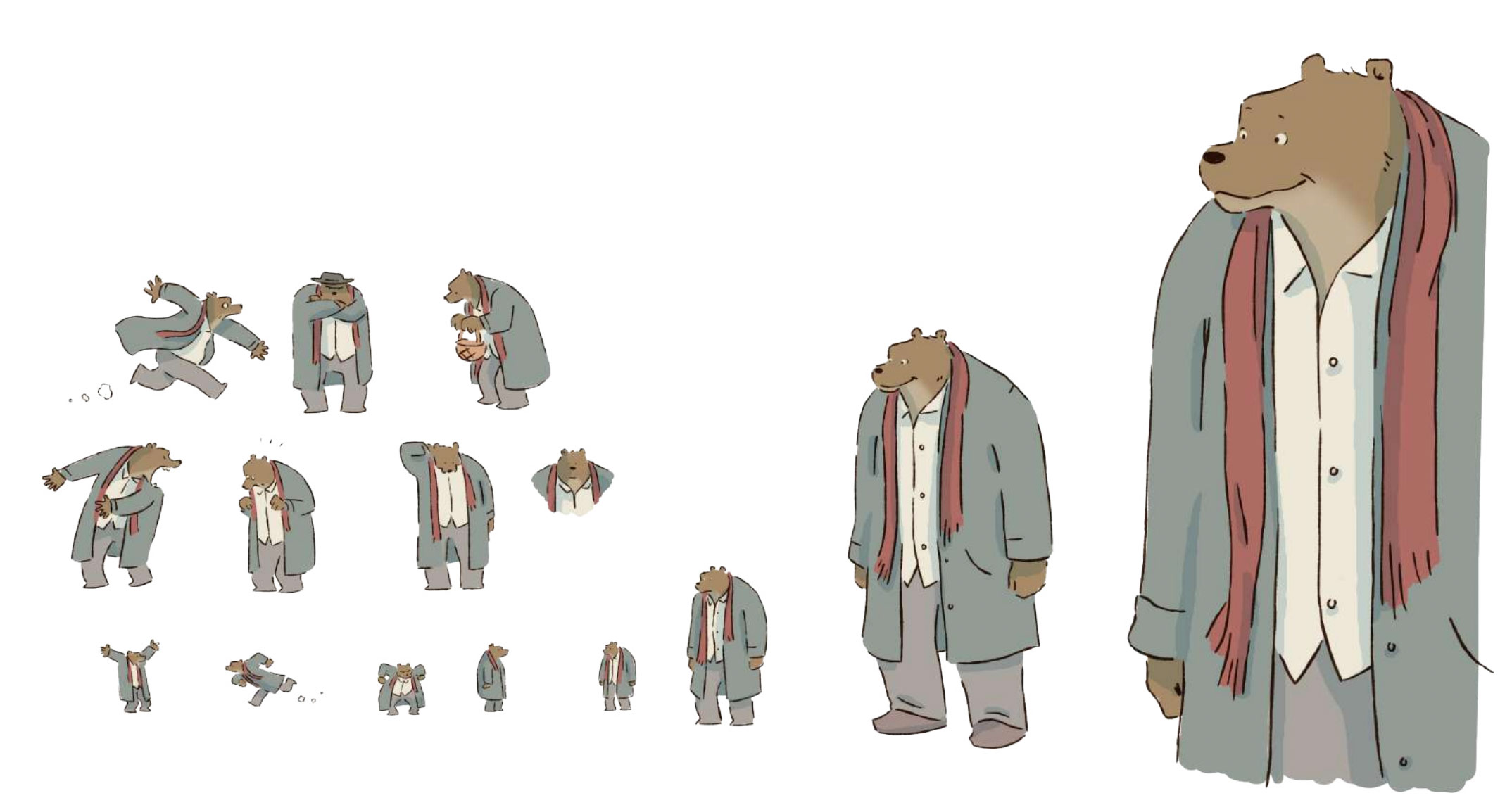
Cartoon Brew: You both worked on the animated series, so the property is familiar to you. But did you feel any additional pressure in bringing these characters back to the big screen?
Julien Chheng: We were under a lot of pressure artistically. From a personal standpoint, I began my career working on the first film. That was such a talented team, and Benjamin Renner was directing, so I learned a lot under his influence. So, we took this very seriously. We didn’t want to make another film just to make a sequel, so we spent a long time working on the script.
Jean-Christophe and I directed 26 episodes of the Ernest & Celestine series together, so we both felt ready to take on this new challenge. We knew the characters well and knew what we wanted to do with the story. We also knew that if we tried to imitate the first film, ours wouldn’t be as good, so right away, we tried to do something different.
What kinds of different things did you do? What’s new that fans of the original and the series can look forward to?
Jean-Christophe Roger: Visually, the tv series was very close to what Gabrielle Vincent drew in terms of the world. With this film, for the first time, we had to create a completely new world. This is the first time we’ve shown Gibberitia. The story revolves around the idea that in Gibberitia, boys must do the same job as their father and girls the same job as their mother. While designing the characters, we asked ourselves how to create a world filled with characters who, at first sight, let you know what kind of job they do. It’s vital to the story. Every character in Gibberitia has this connection between their story, design, and career.

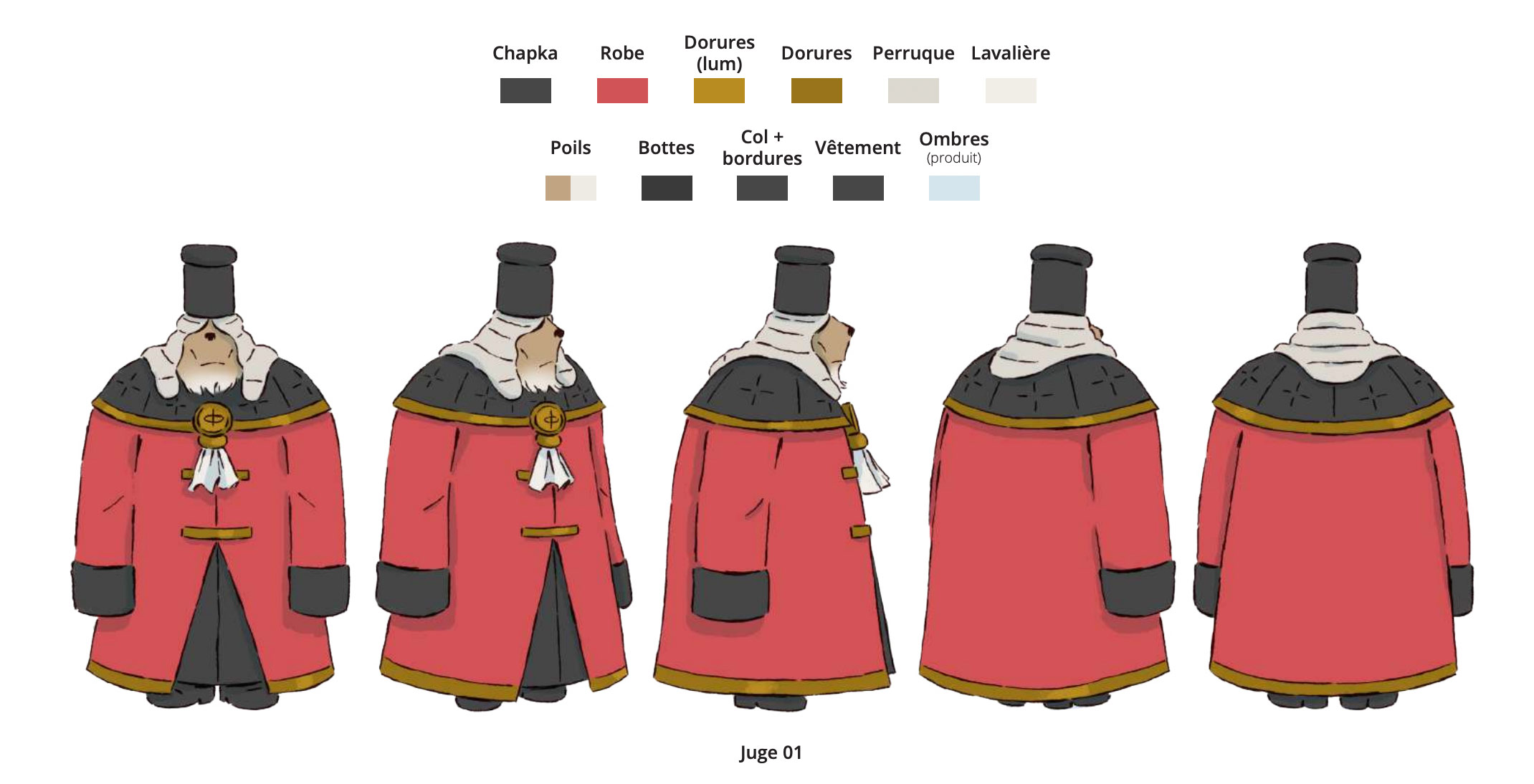
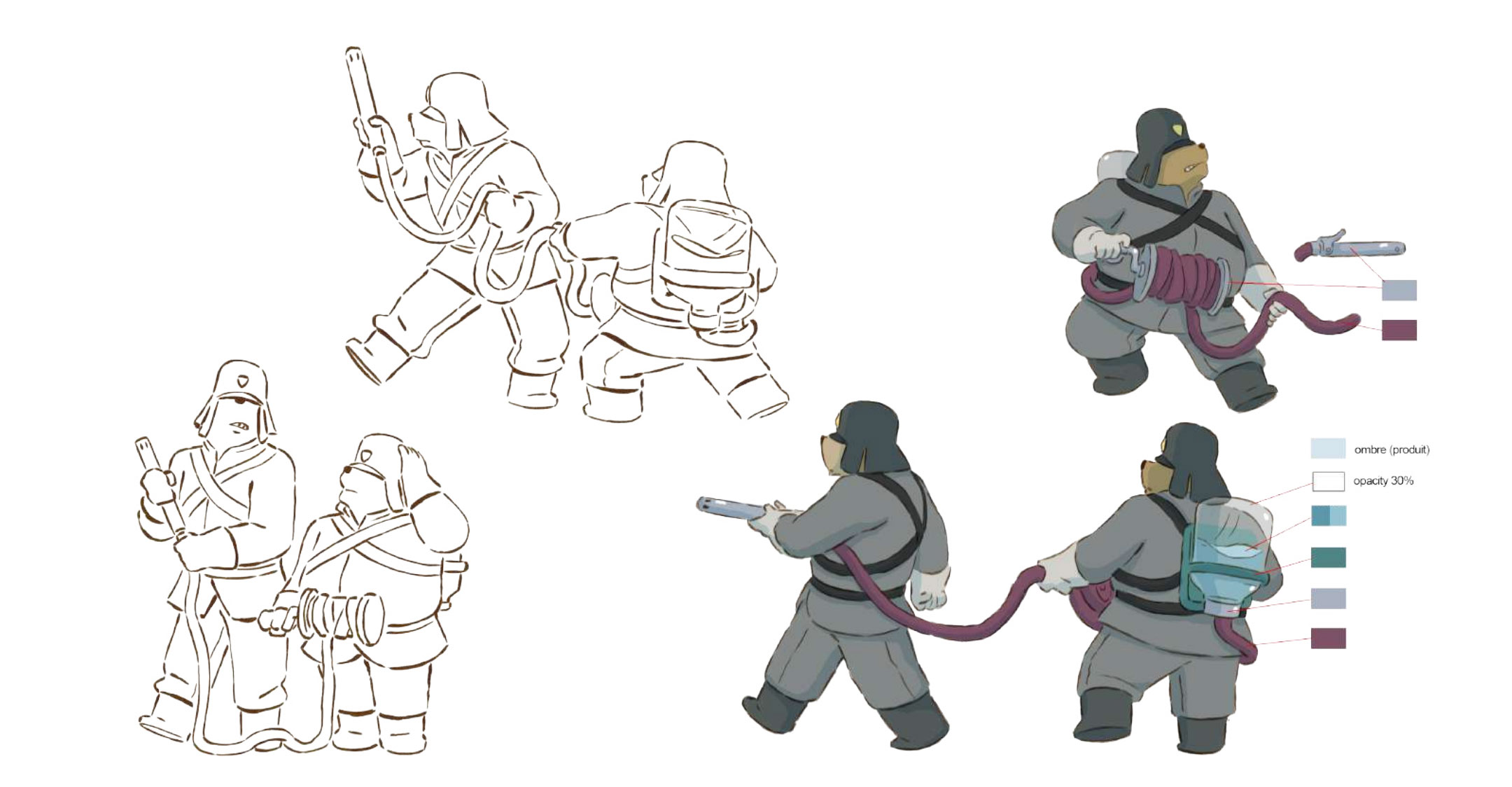
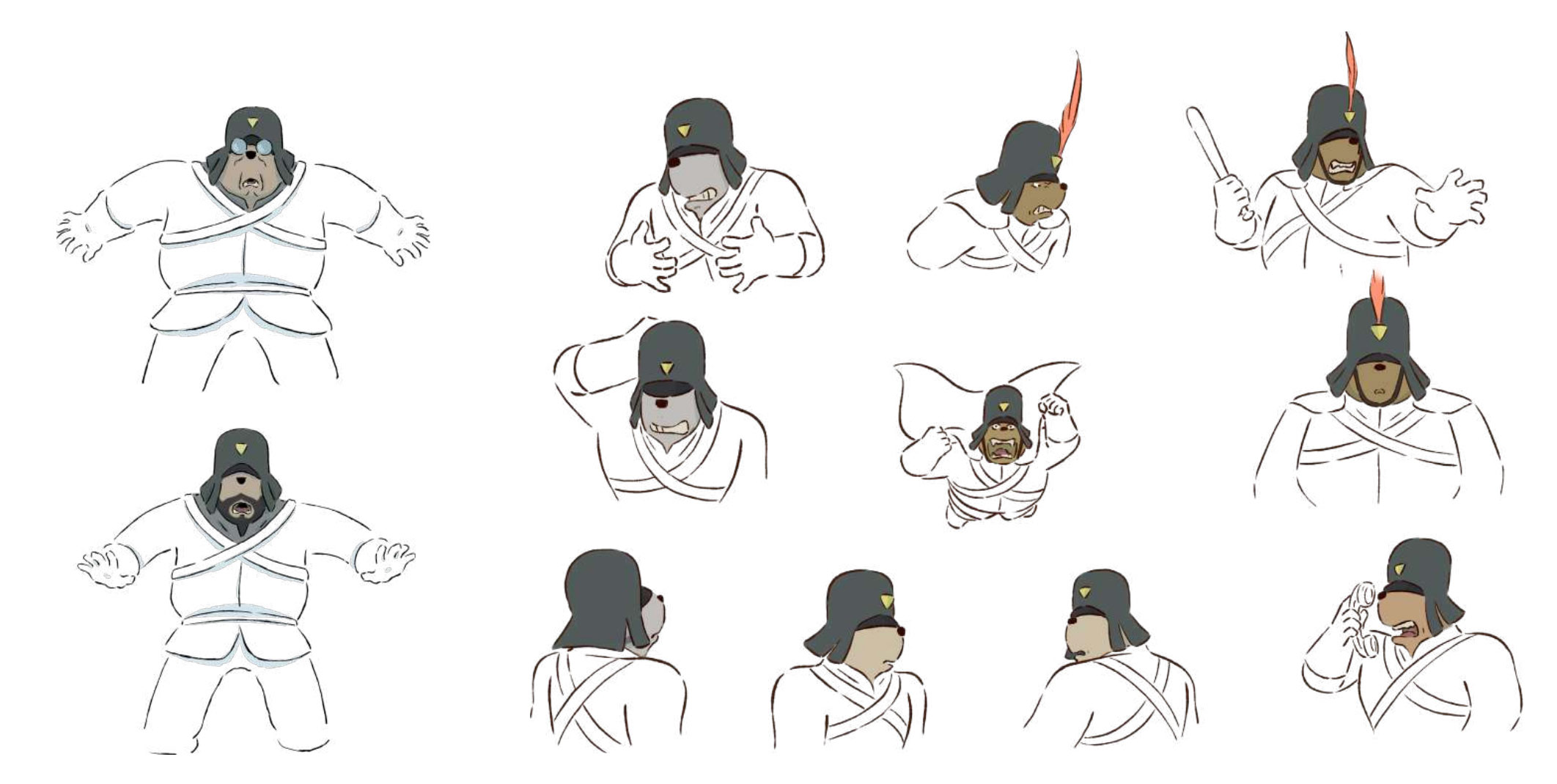
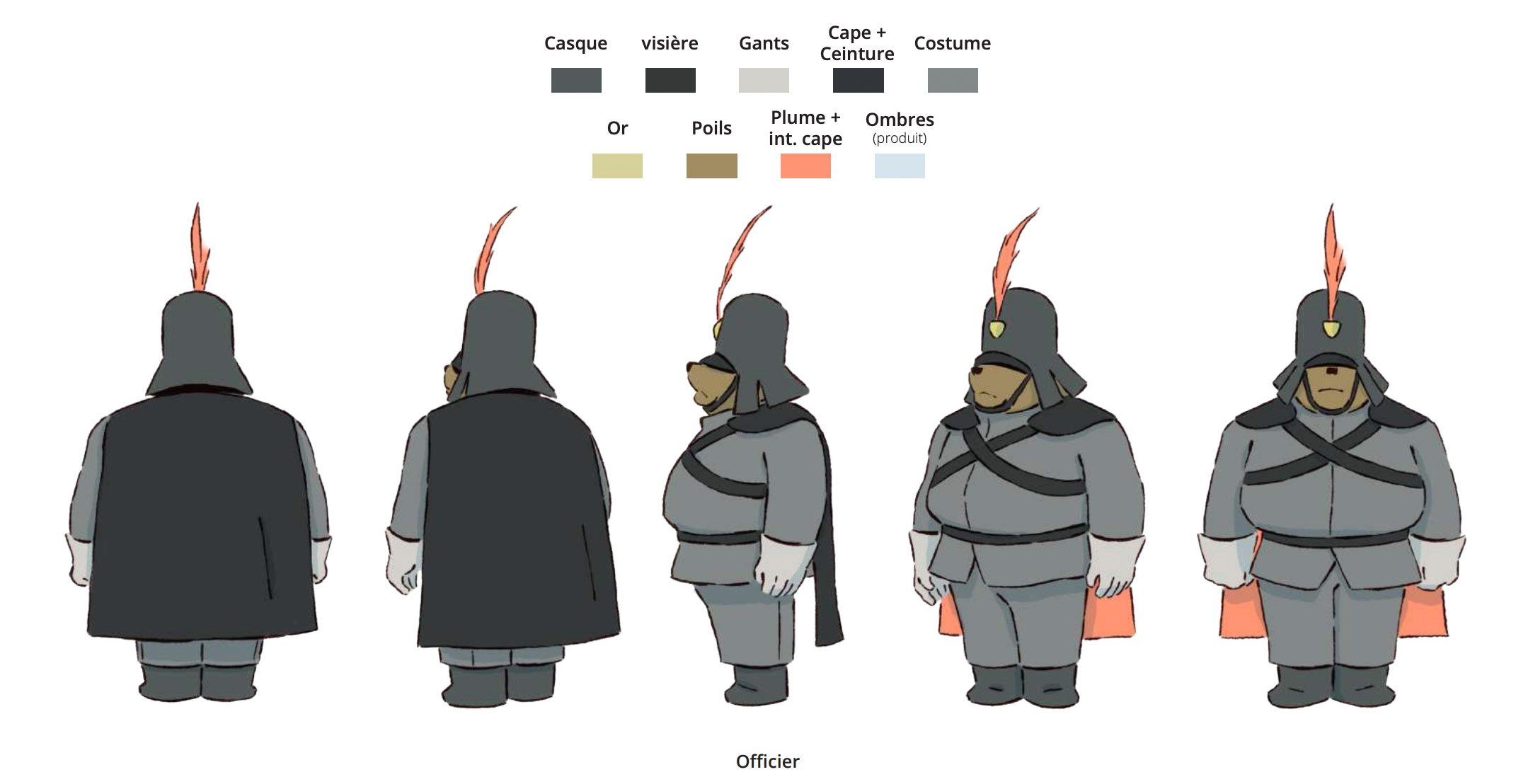
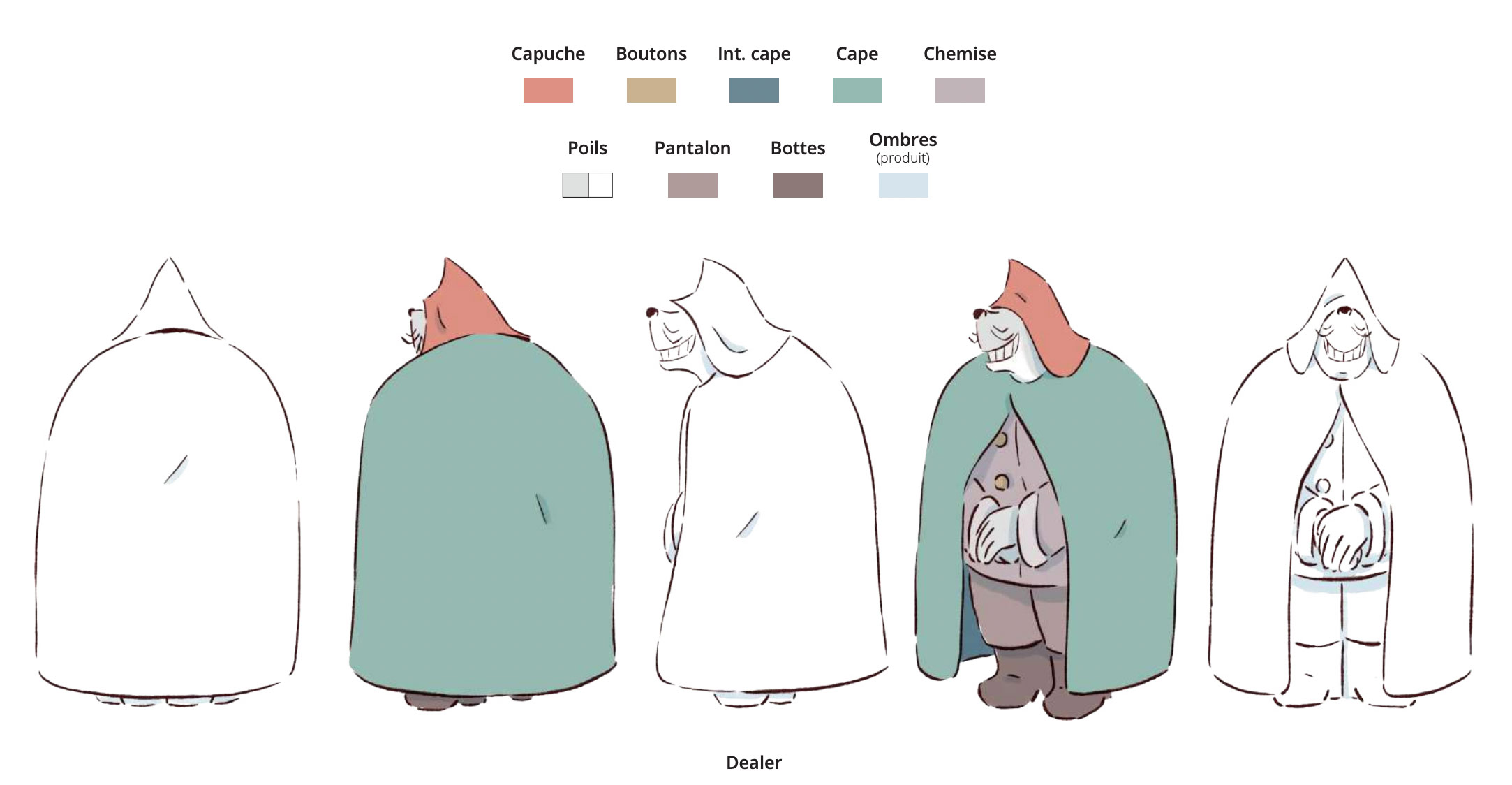
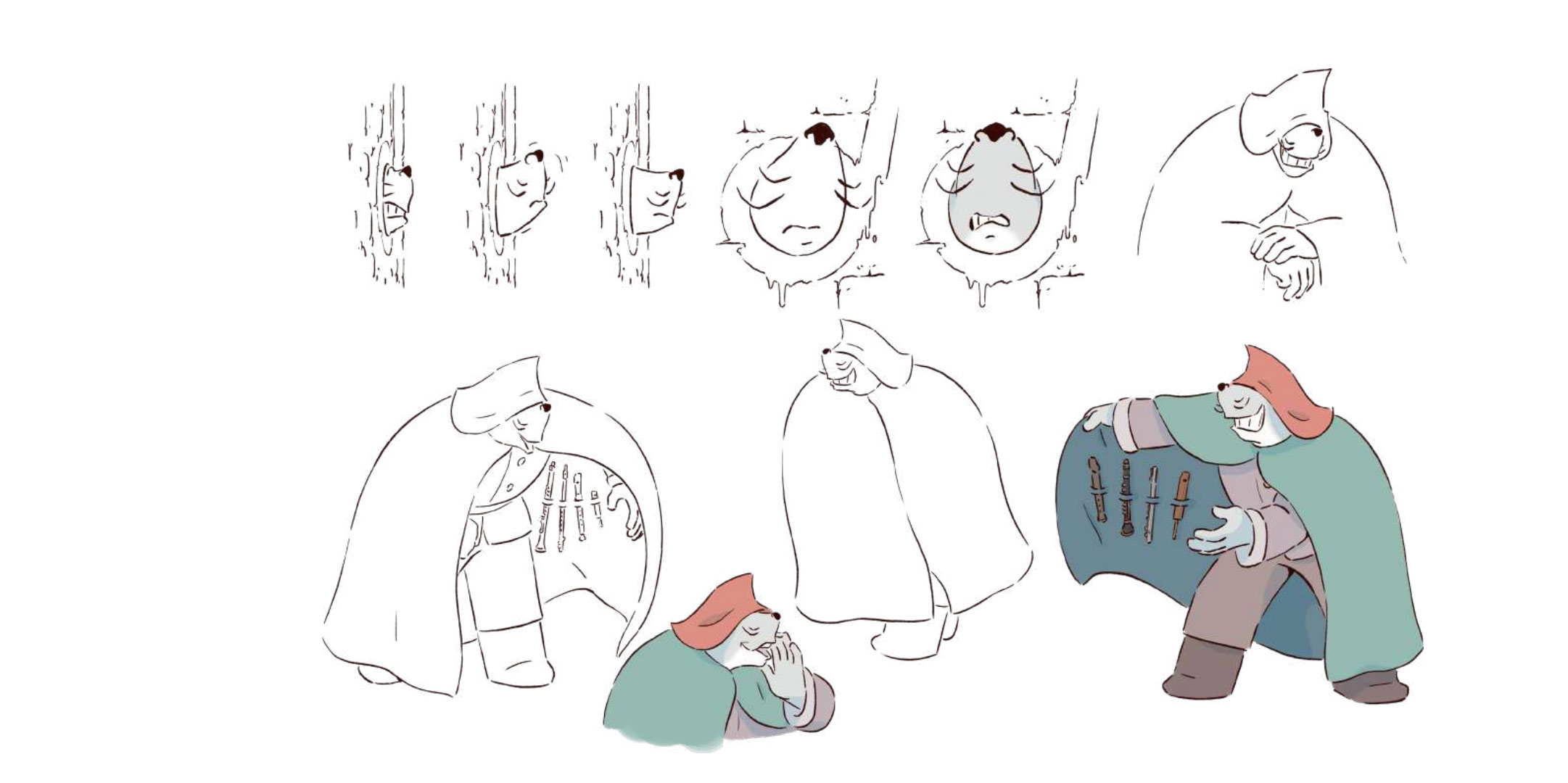
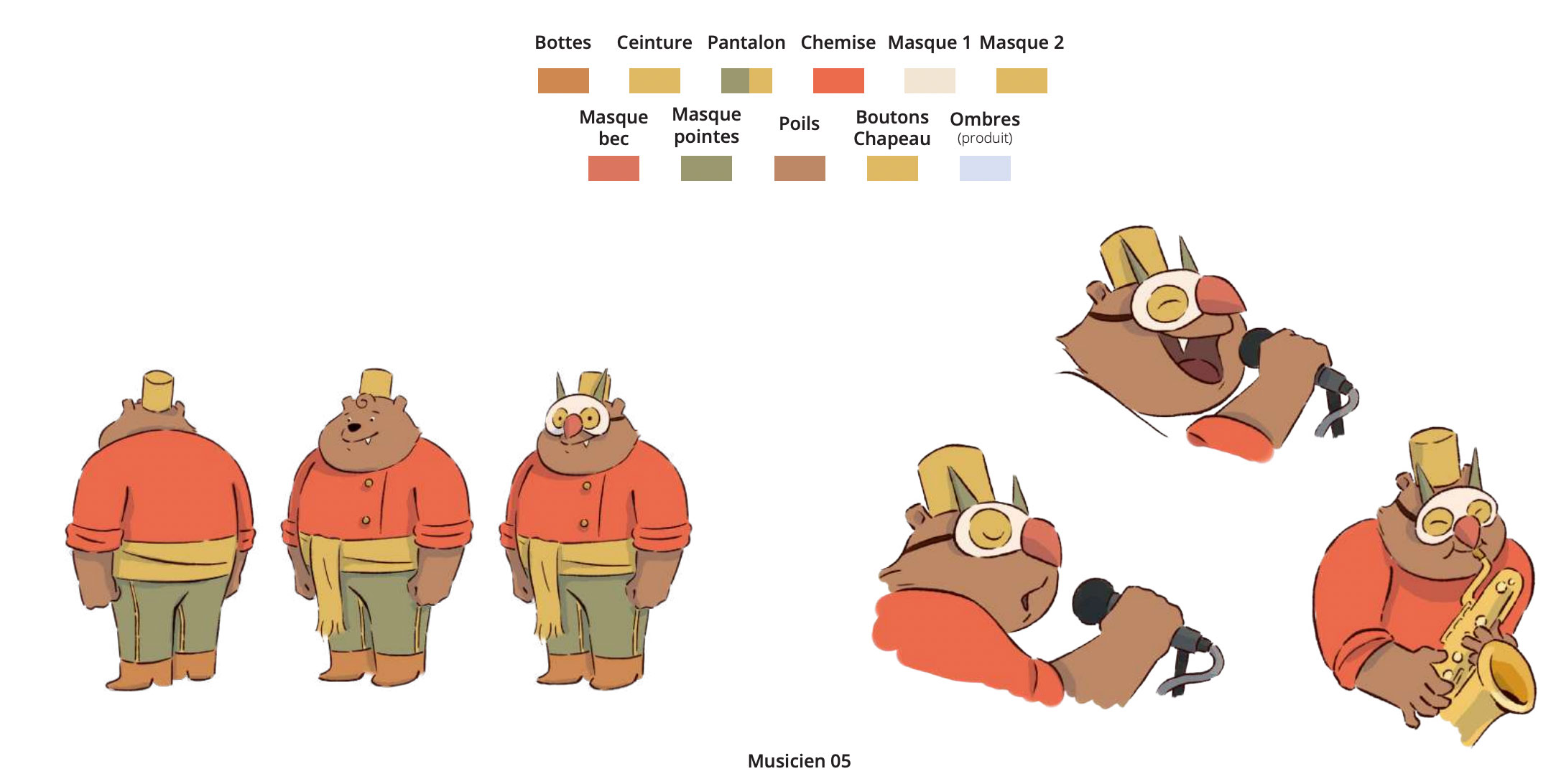
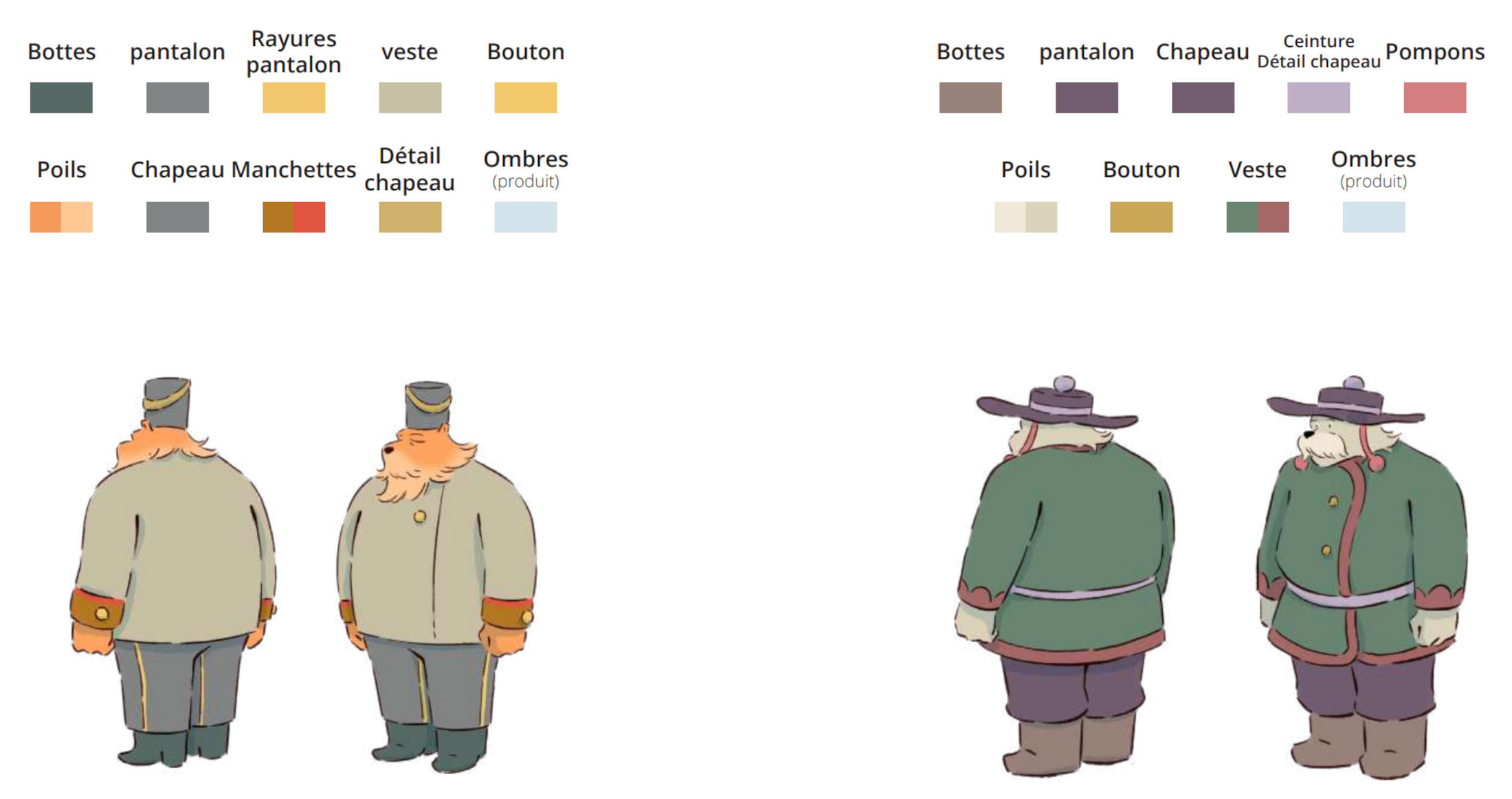
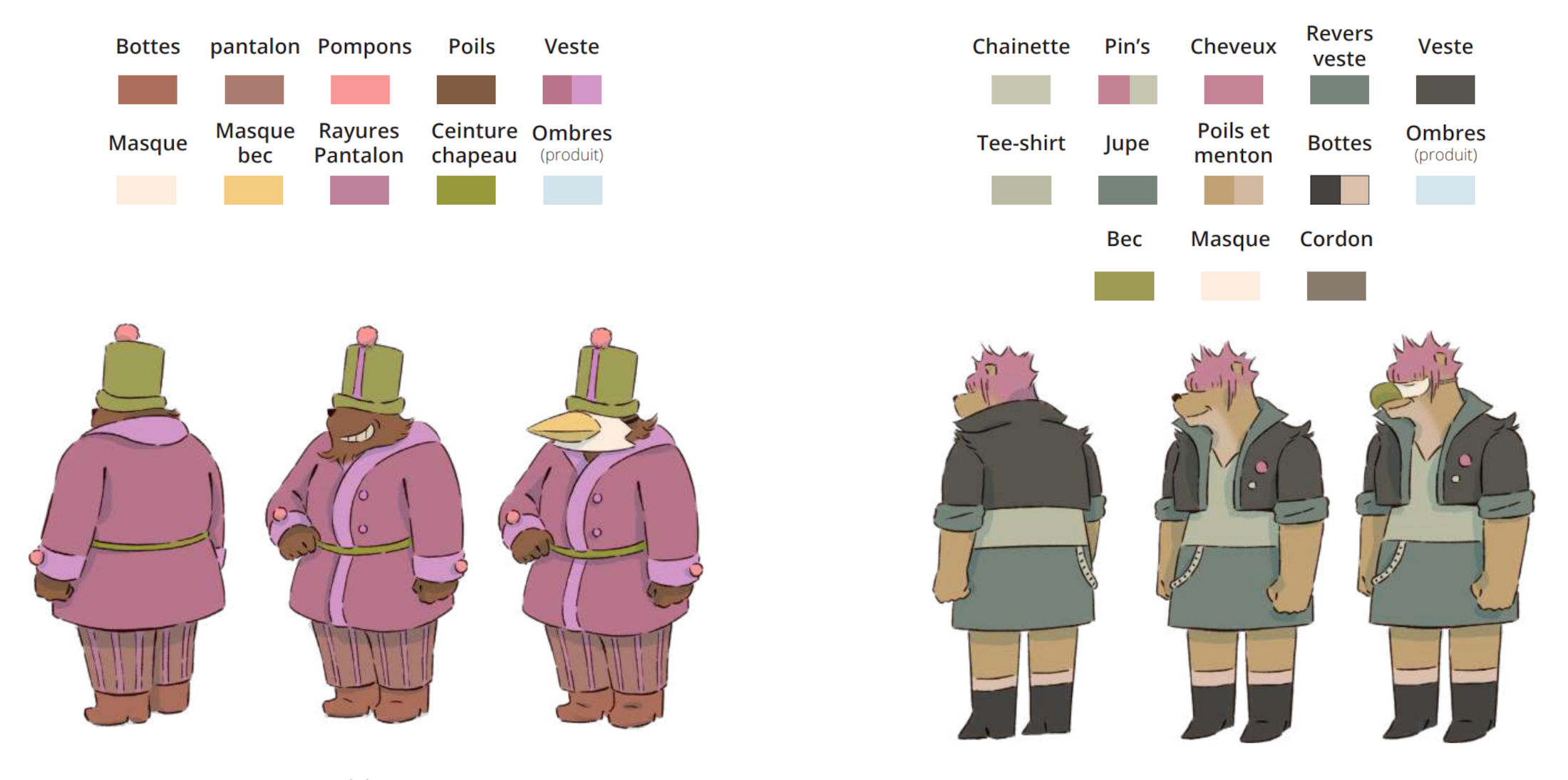
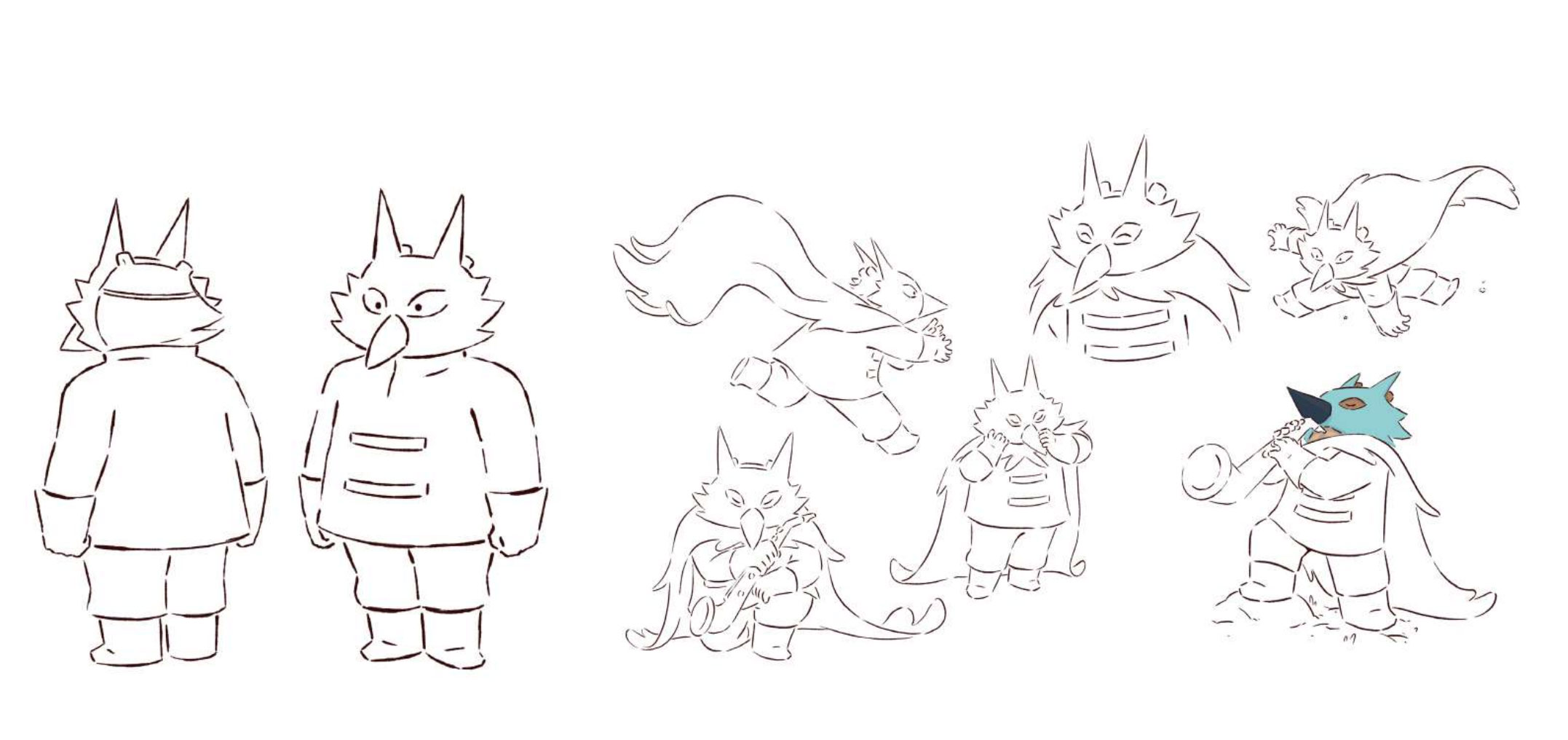
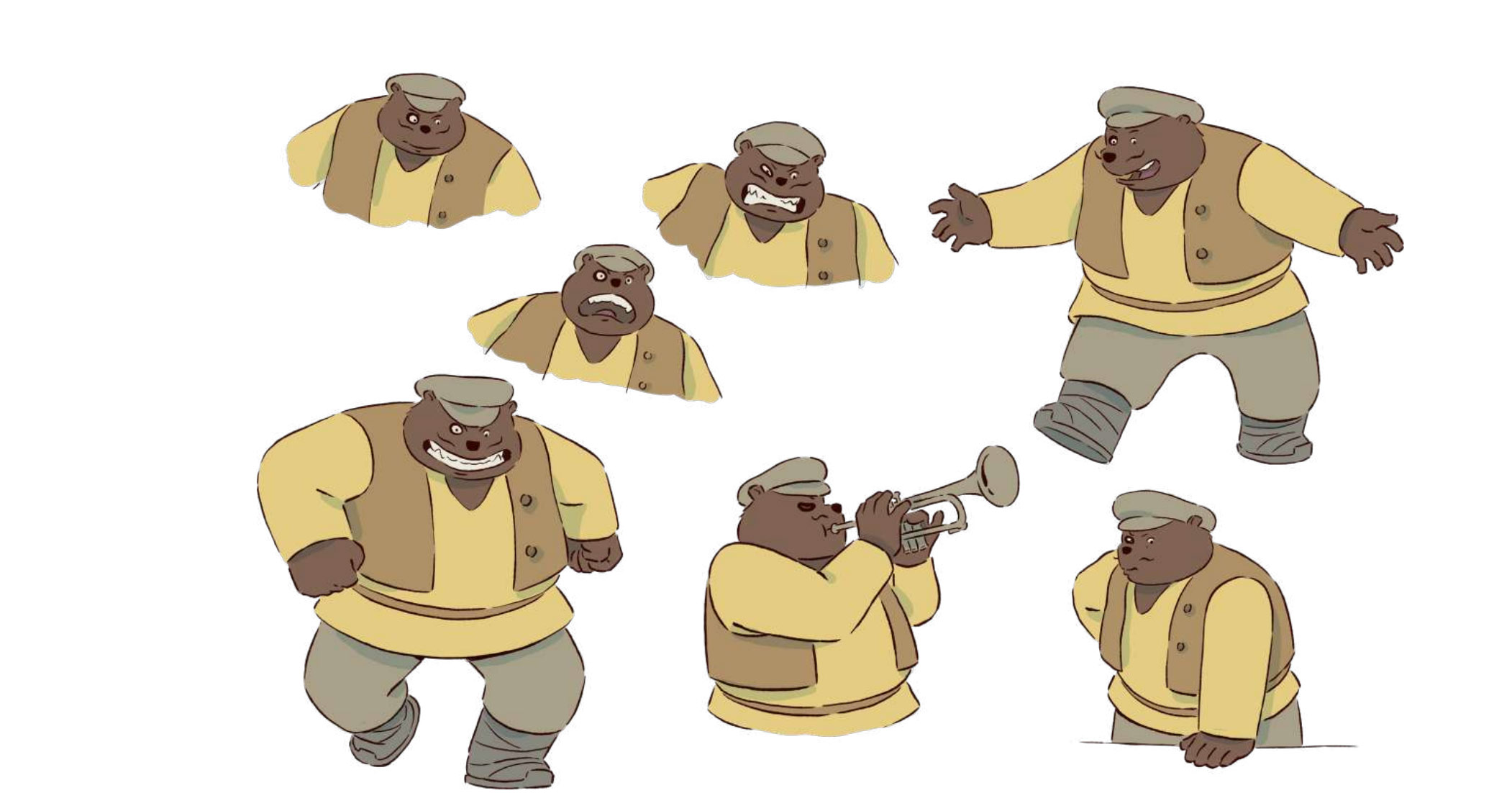
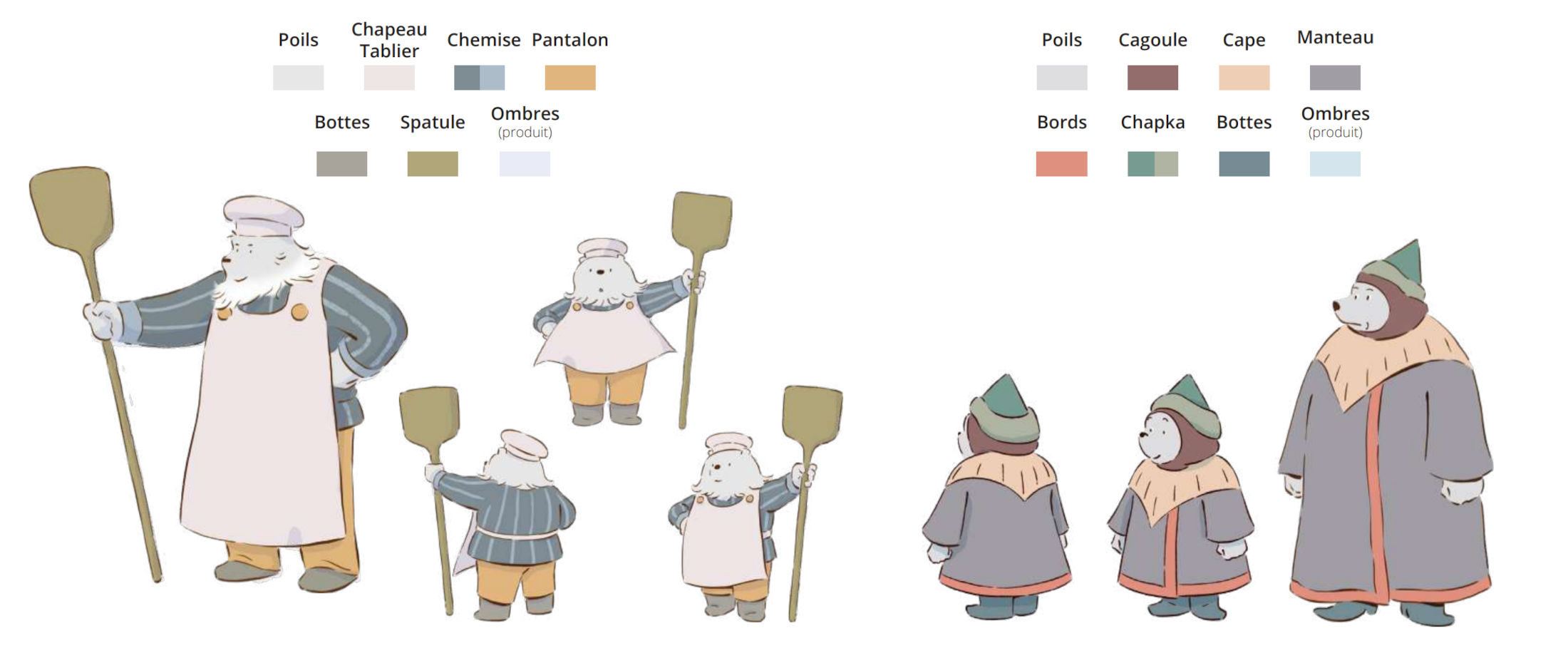
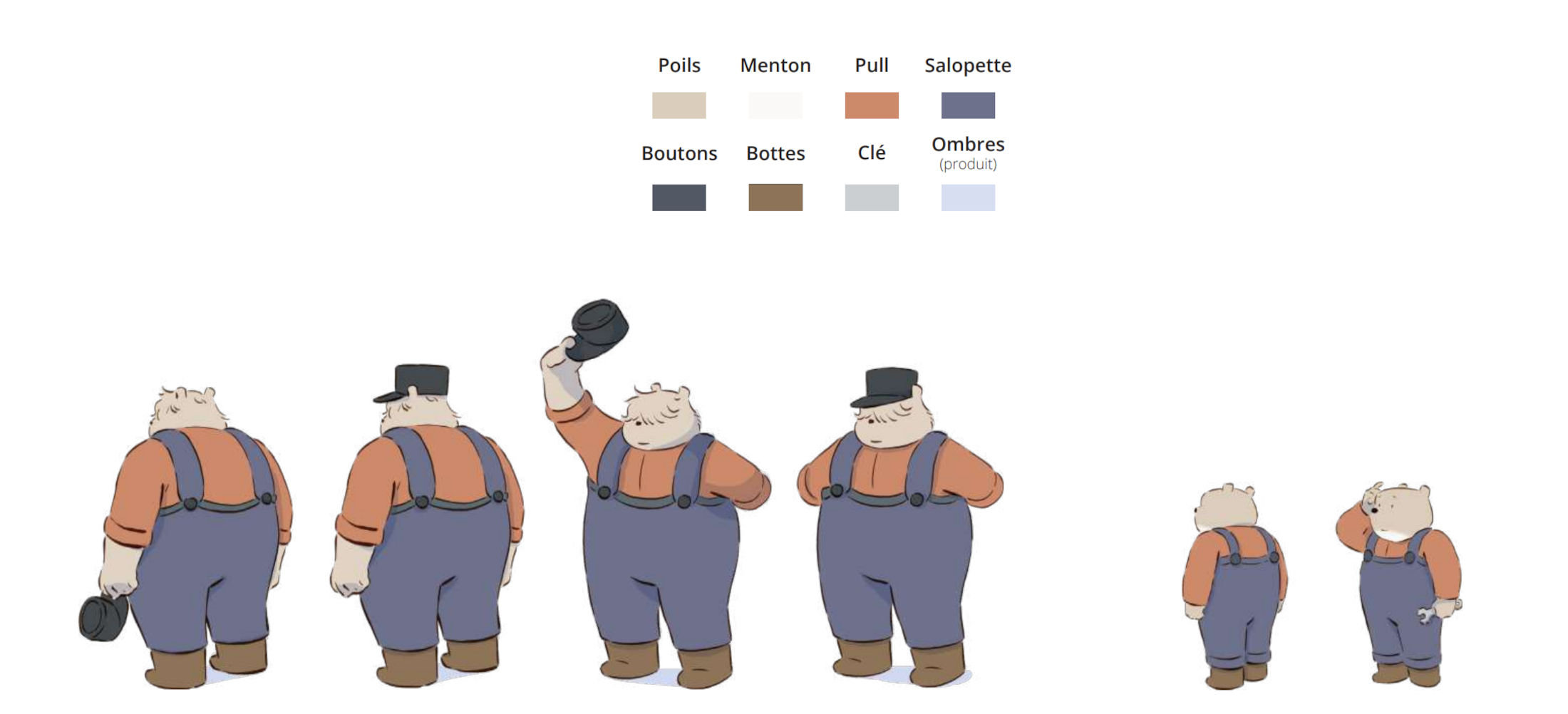
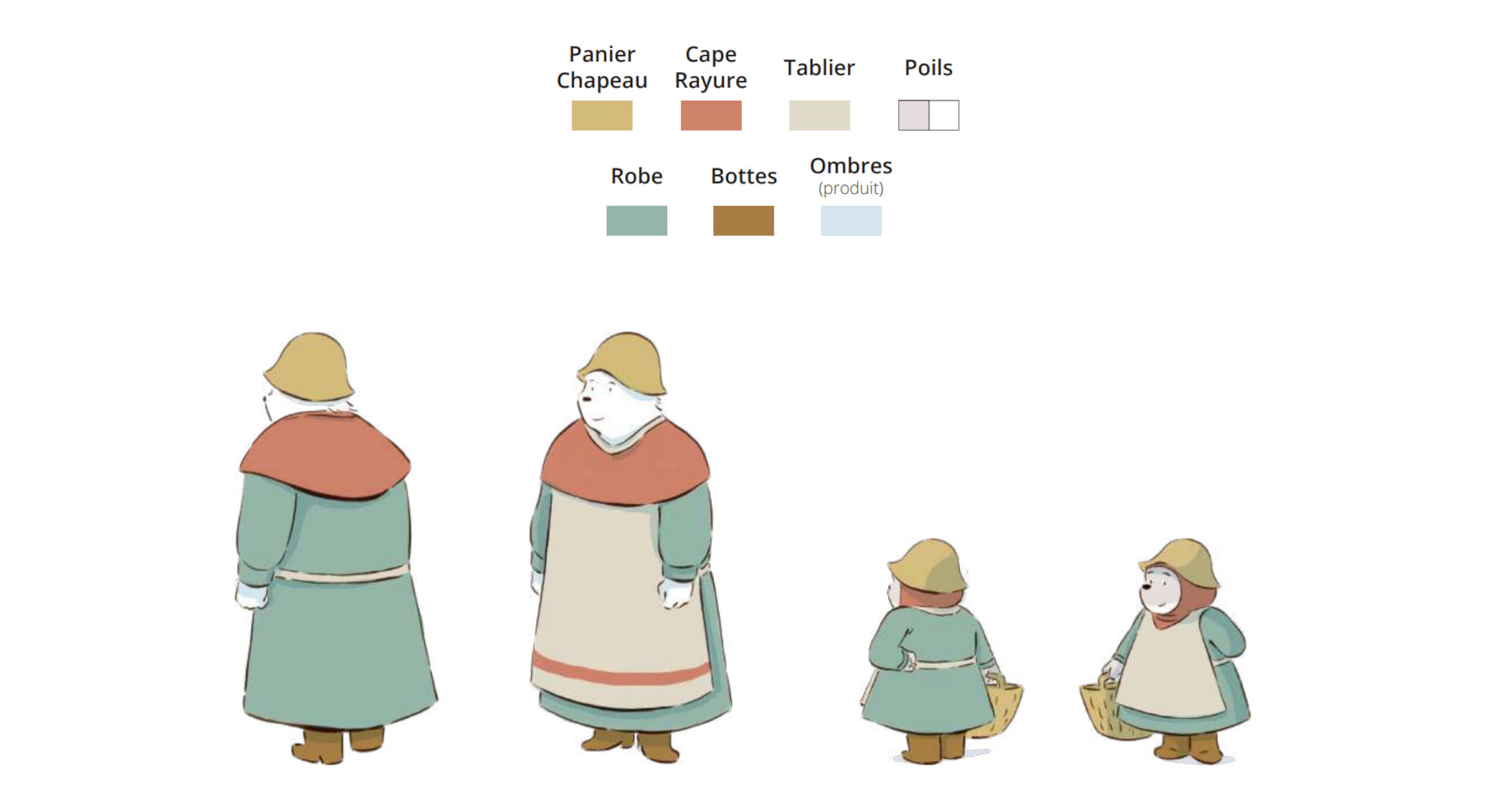
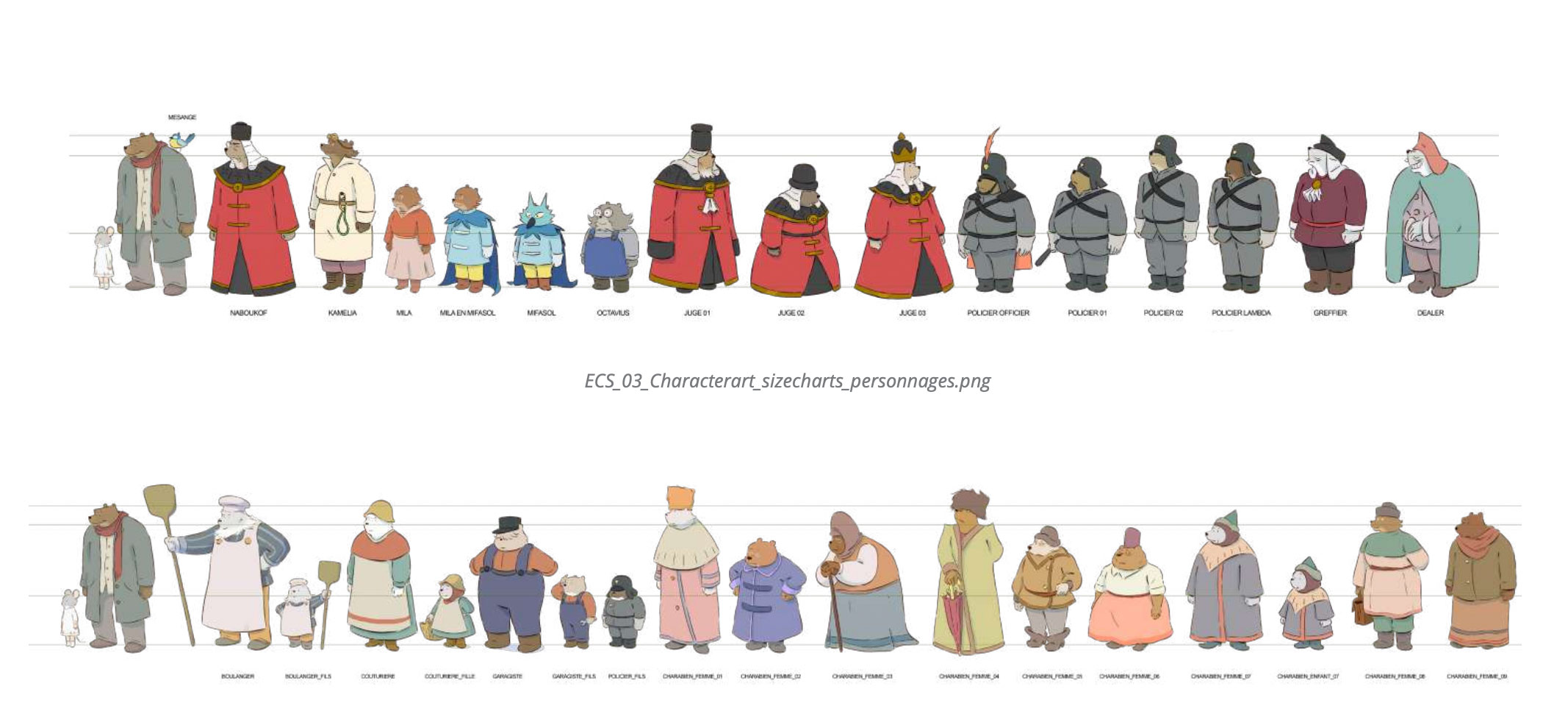
How did the production differ from your previous work with Ernest & Celestine?
Roger: For the series, the budget was obviously smaller than it would be for a film, so we used cg animation to create the look of the show. With this film, we continued to work with cg and injected what we had learned working on the series. The budget for this film was a bit lower than the first one too. Nowadays, it’s harder to finance features like this, so we had the challenge of working with fewer resources. We found a good process for this film that allowed us to work efficiently and quickly.
And how did those differences manifest during production?
Chheng: The first film was done with Adobe Flash. When we were animating, the lines were perfect. The final image on the screen ended up with more texture; it was gritty, loose, and rough. And that took a lot of post-processing. Back in the day, coloring was done in Flash, and that took a lot of time as well, degrading the perfectness to make it look like watercolor.
For this film, we used TVPaint and animated straight away with a line brush that looked like the final line brush you see on screen. For the color, it was the same process. We could colorize the animation in a watercolor touch right from the start. So, it was more direct.
This interview has been edited for length and clarity.

.png)
